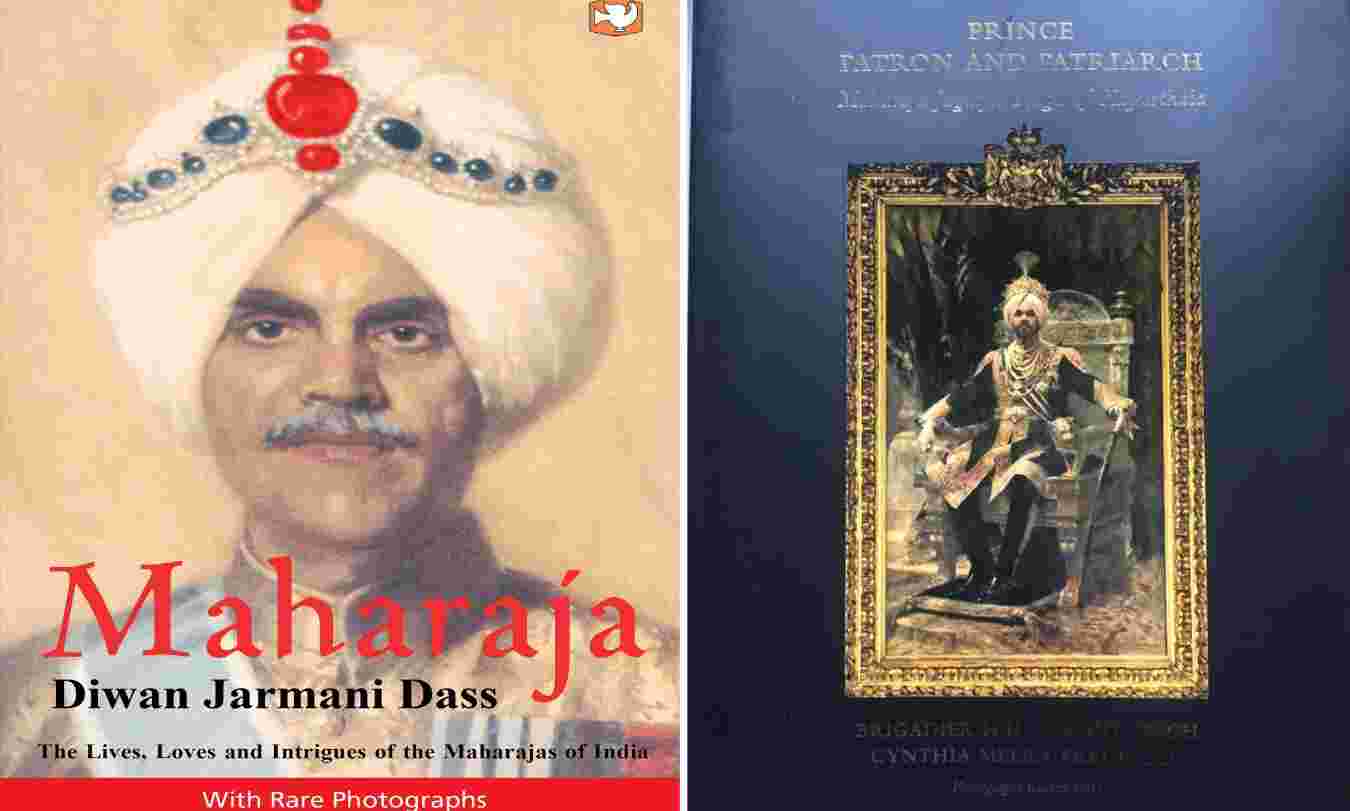Faded privileges

Last week, we discussed the integration of the princely states with the Republic of India – a Herculean task indeed for it was like putting cheese and chalk together in the same piece of cake, and making it edible as well! One of the 'sweeteners' was the acceptance of the principle of payment of privy purses to the erstwhile rulers in lieu of the surrender of their ruling powers (and incomes).
The settlement of the Ministry of States with the princes was both a challenge and an opportunity to set the finances of the state in proper order. A clear distinction had to be made between the expenditure on the state, and the expenses on the Rulers and their families. In general, the Privy Purse was calculated on the basis of 35 per cent on the first lakh of the average annual revenue of the state concerned, ten per cent on the next four lakhs, and seven and a half per cent above five lakhs, subject to a maximum of ten lakhs. The exceptions to the 'ten lakh rule' were Hyderabad, Mysore, Travancore, Baroda, Jaipur and Patiala.
The grant of privy purses also meant that other than the symbolic role which some of the erstwhile rulers retained as Raj Pramukhs or Up – Raj Pramukhs, there was no real governance role for the princes. The real power had shifted to 'we the people', and their directly elected representatives to the Union Parliament, or the State Assembly. To give confidence to the erstwhile rulers, these privileges were covered under Article 291 of the Indian Constitution, according to which a privy purse (tax-free sum guaranteed sum) charged on the Consolidated Fund of India, was fixed for the princely rulers and their successors.
There were other issues at hand – the integration of the uniformed troops of about fifty salute states. These had been encouraged by the Crown as their own auxiliary reserve, especially in the context of the World wars, when the princes actively extended their support – of course for their own gain. The Standstill Agreement concluded with the states at the time of their accession provided for their continuance before their integration with the regular regiments of the Indian Army. In the interim, these were placed under the Raj Pramukh - both in Unions of States, and in states which retained their geographical identity, but 'in the exercise of this authority, they (Raj Pramukh) were subject to any direction or instructions that may from time to time be issued by the Government of India'.
Then there was the issue of extension of All India services to the erstwhile princely states, for the first civil services examination had already been conducted, and the first batch of the IAS had been inducted on April 21, 1948, at the Metcalfe House, New Delhi. As Menon wrote 'such an arrangement will not only help to improve the administrative standards of the Unions but also bring about greater co-operation and co-ordination between the administration of the Centre and the State.
As emphasized by Patel and Menon, 'under the new Constitution, the position of Provinces and States will largely be that of equal partners, occupying the same position and with identical rights and responsibilities and thus a uniform system of federal finance became the central feature of the new relationship' and that 'In free India, there could no room for the double standard of democracy, that which applied in Provinces, and that which applied in States'.
Seven decades later, it does seem that this would have been a logical outcome of a democratic system, but one has to acknowledge that legally, after the passage of the Indian Independence Act on 18th July 1947, paramountcy had lapsed. Of course, it is true that with the exception of some of the larger twenty-one gun salute states, most others would not have found it easy to survive, but the counterfactual would have been internal strife and economic hurdles of a very high order -imagine moving goods over five hundred territories.
While Nehru was not quite comfortable with this arrangement, he accepted the Constitutional guarantee given by the Ministry of States. We are not sure about Shastri's view on this subject, but after his death and the general decline of the Congress party, Mrs Gandhi took up the abolition of privy purses as a 'populist measure'. This was perhaps prompted by several rulers who joined the Swatantra Party of C Rajagopalachari which defeated several Congress candidates in the 1967 elections. A bill to amend the Constitution and abolish privy purses was passed in the Lok Sabha but defeated in the Rajya Sabha on September 5, 1970. However, President VV Giri withdrew recognition of all rulers under Article 366 (22), thus reneging on the constitutional promise. The Supreme Court held that the derecognition was unconstitutional. But after her return to power, she pushed through the Twenty-Sixth Constitutional Amendment to formally abolish the privy purses as well as all other recognitions and privileges given to the erstwhile rulers.
And thus, an era came to end, without even a whimper!
Views expressed are personal



